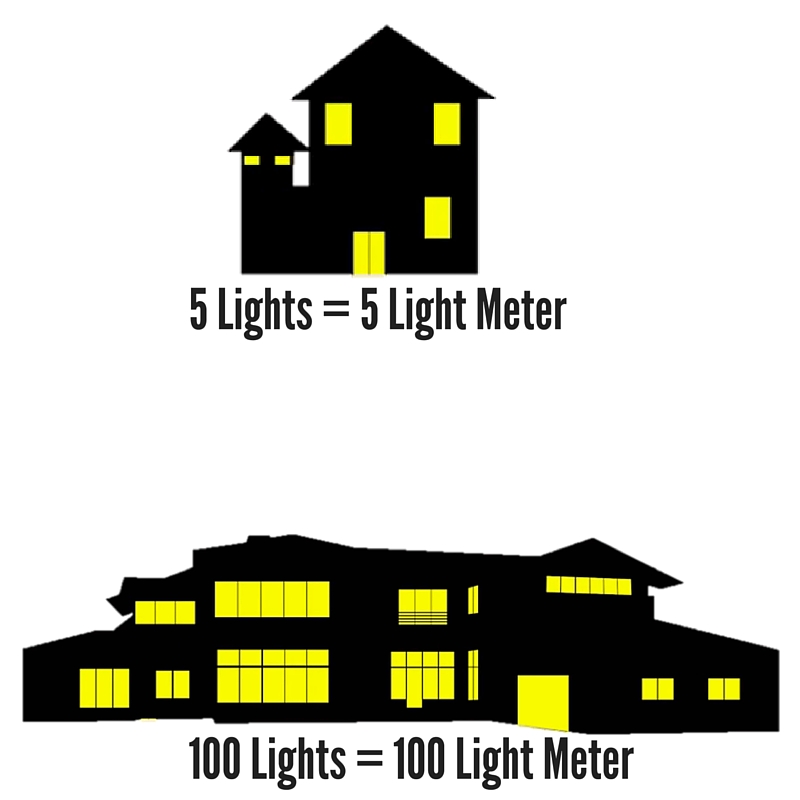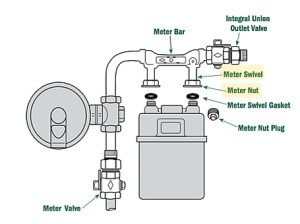Shedding Some Light on 'Light Size' Meter Connections

Shedding Some Light on 'Light Size' Meter Connections
It takes the collaboration of many parts and pieces in order to provide the proper amount of natural gas to a home. Between BTUs, inches of water column, and PSI, the terminology used in measuring high pressure gas parts really keeps the industry itself connected. When it comes to meter connections in particular, there’s one 
Gas meter sets are all the parts that make up the meter assembly, as seen by the diagram to the right. Specifically, the swivels and nuts located on the meter set are recognized as gas meter connections.
When talking about sizing pipes, valves, and fittings, most industries utilize fractional dimensions (ex: ½ inch, ¼ inch). The natural gas industry remains distinct by commonly using the term ‘light size’. The size of meter connection necessary is directly correlated to the household’s light size measurements. But where did this terminology come from?
Back in the 1800’s, people still had gas light fixtures in their homes instead of electricity. The more lights your house or building contained, the larger the meter connection necessary for the larger amount of gas involved. A small home would have as few as five lights, leading all the way up to as many as one hundred lights, as seen by the examples above. In today’s world, A.Y. McDonald’s meter connection size range is from five to one hundred lights in order to best cater to your needs.
Contractors and utilities work together to ensure the properly sized gas components of a home so the homeowner doesn’t have to. However, knowing the terminology isn’t the same as recognizing the history behind it. By shedding some light on the origins of light size, you can understand how far the high pressure gas industry has come, in addition to how far it has yet to reach!
